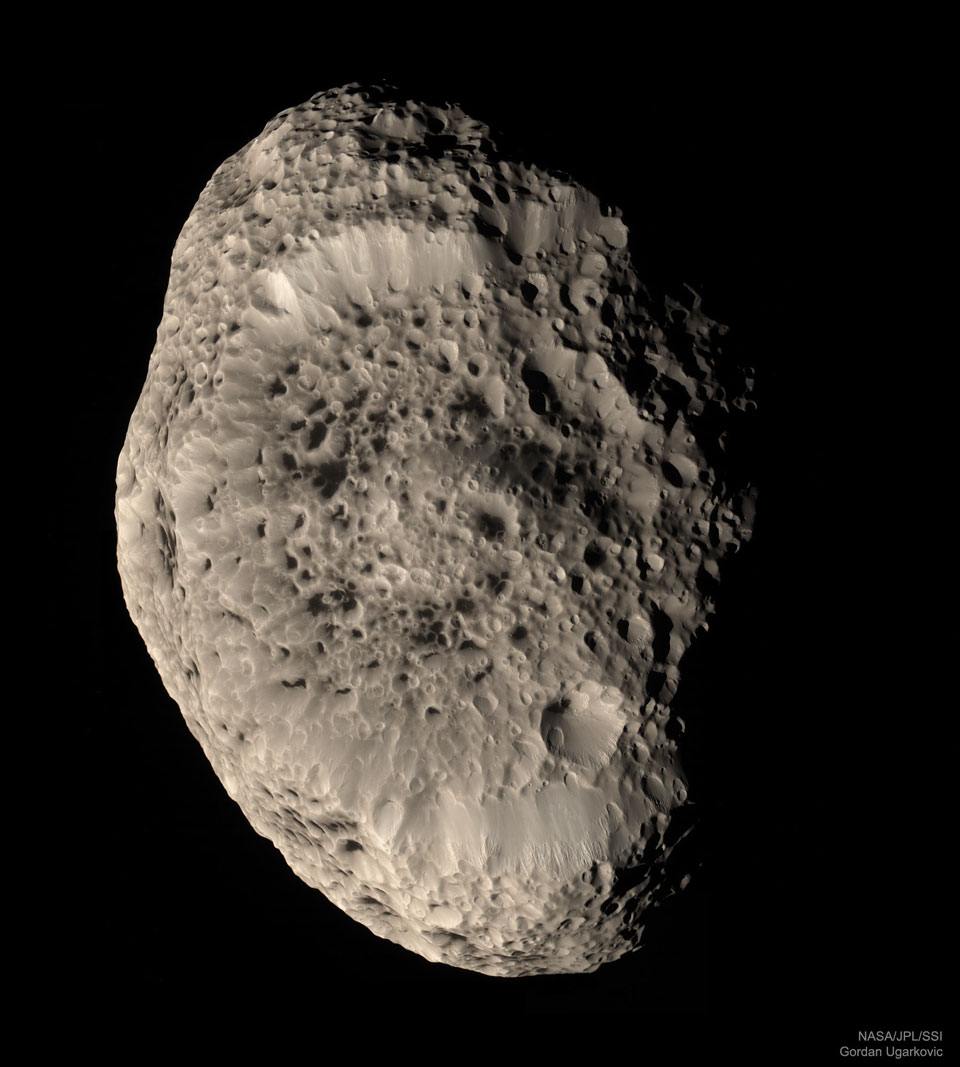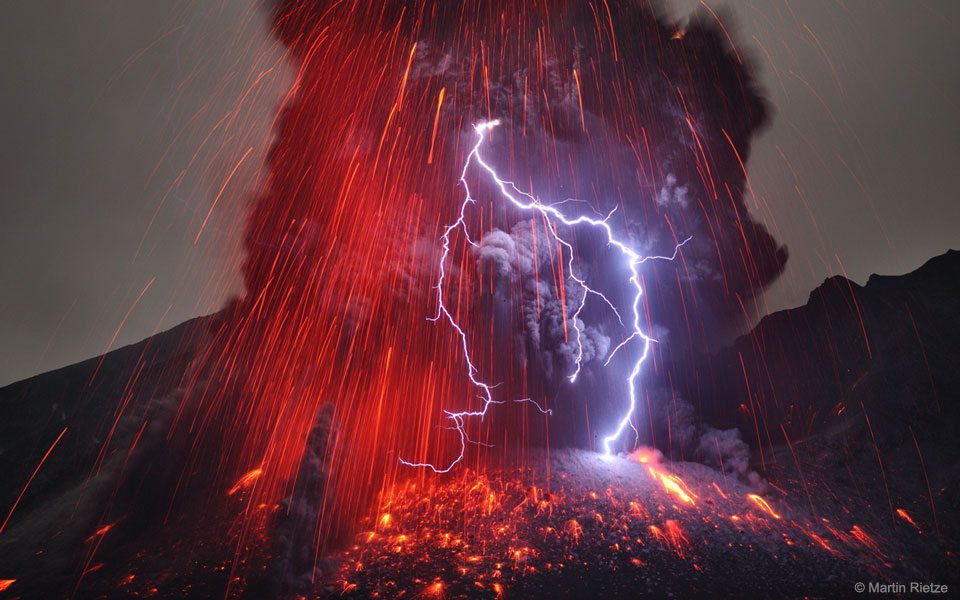NASA Administrator Jim Bridenstine announced Monday the selection of Mark Geyer as the next director of the agency’s Johnson Space Center in Houston.
from NASA https://ift.tt/2wBbsM2
via IFTTT![]()
NASA Administrator Jim Bridenstine announced Monday the selection of Mark Geyer as the next director of the agency’s Johnson Space Center in Houston.
from NASA https://ift.tt/2wBbsM2
via IFTTT![]()
Scientists re-examining data from an old mission bring new insights to the tantalizing question of whether Jupiter’s moon Europa has the ingredients to support life.
from NASA https://ift.tt/2IgY6dp
via IFTTT![]()


NASA is sending a helicopter to Mars. The Mars Helicopter, a small, autonomous rotorcraft, will travel with the agency’s Mars 2020 rover mission, currently scheduled to launch in July 2020, to demonstrate the viability and potential of heavier-than-air vehicles on the Red Planet.
from NASA https://ift.tt/2rCmLxH
via IFTTT![]()
Media are invited to cover the prelaunch briefing and launch of the Gravity Recovery and Climate Experiment Follow-On (GRACE-FO), NASA’s latest Earth-observing satellite mission. The briefing on Thursday, May 17, and launch on Saturday, May 19, will air on NASA Television and the agency’s website.
from NASA https://ift.tt/2rDgUbu
via IFTTT![]()
Students from Tulsa, Oklahoma, and Edwardsville, Illinois, will have the opportunity to talk with astronauts on the International Space Station next week as part of NASA’s Year of Education on Station.
from NASA https://ift.tt/2KVIycv
via IFTTT![]()
NASA will host a Science Chat at 1 p.m. EDT Monday, May 14, to discuss the latest analysis of Jupiter’s moon Europa and its status as one of the most promising places in the solar system to search for life.
from NASA https://ift.tt/2KelR28
via IFTTT![]()